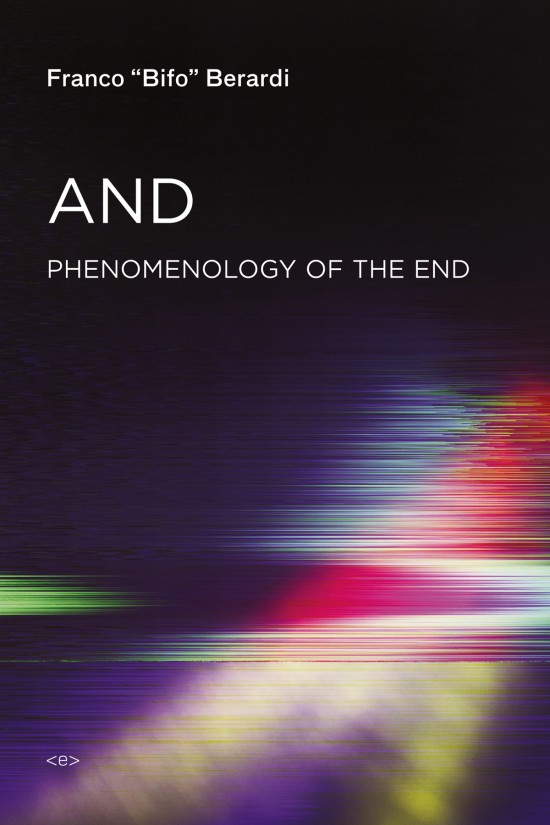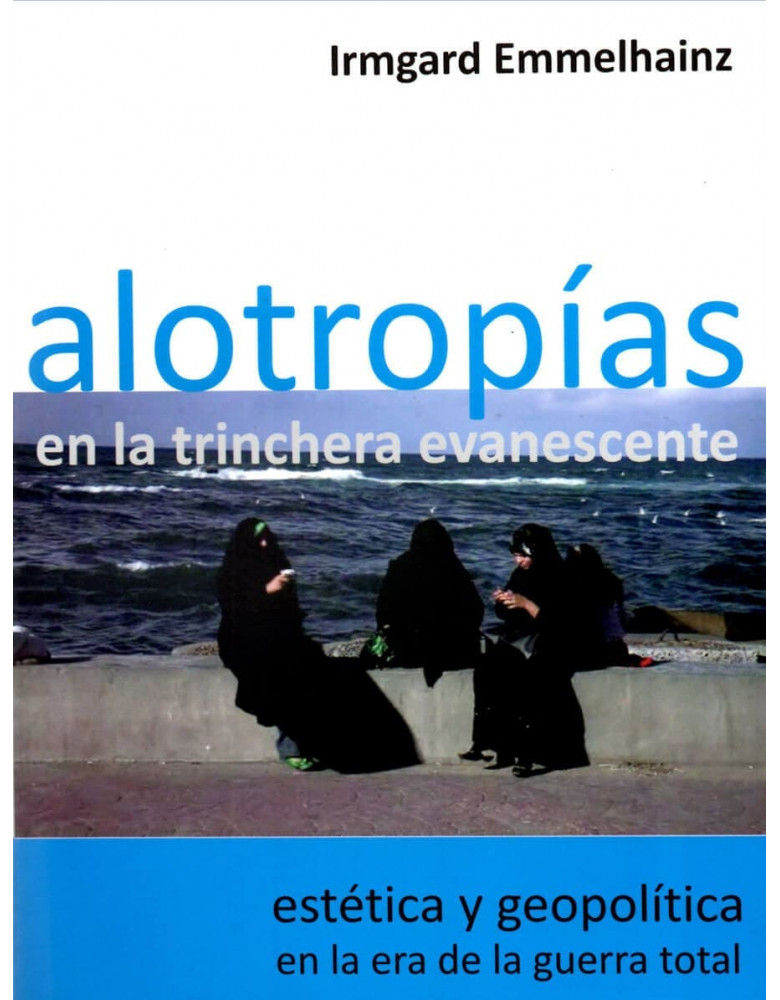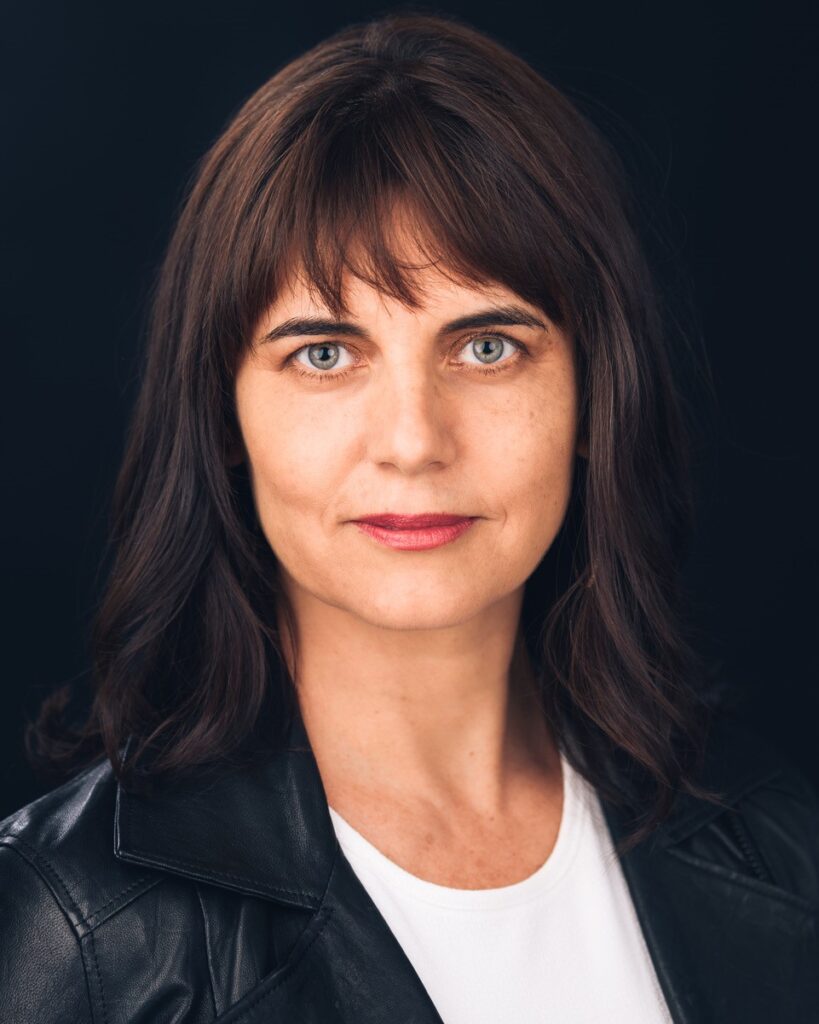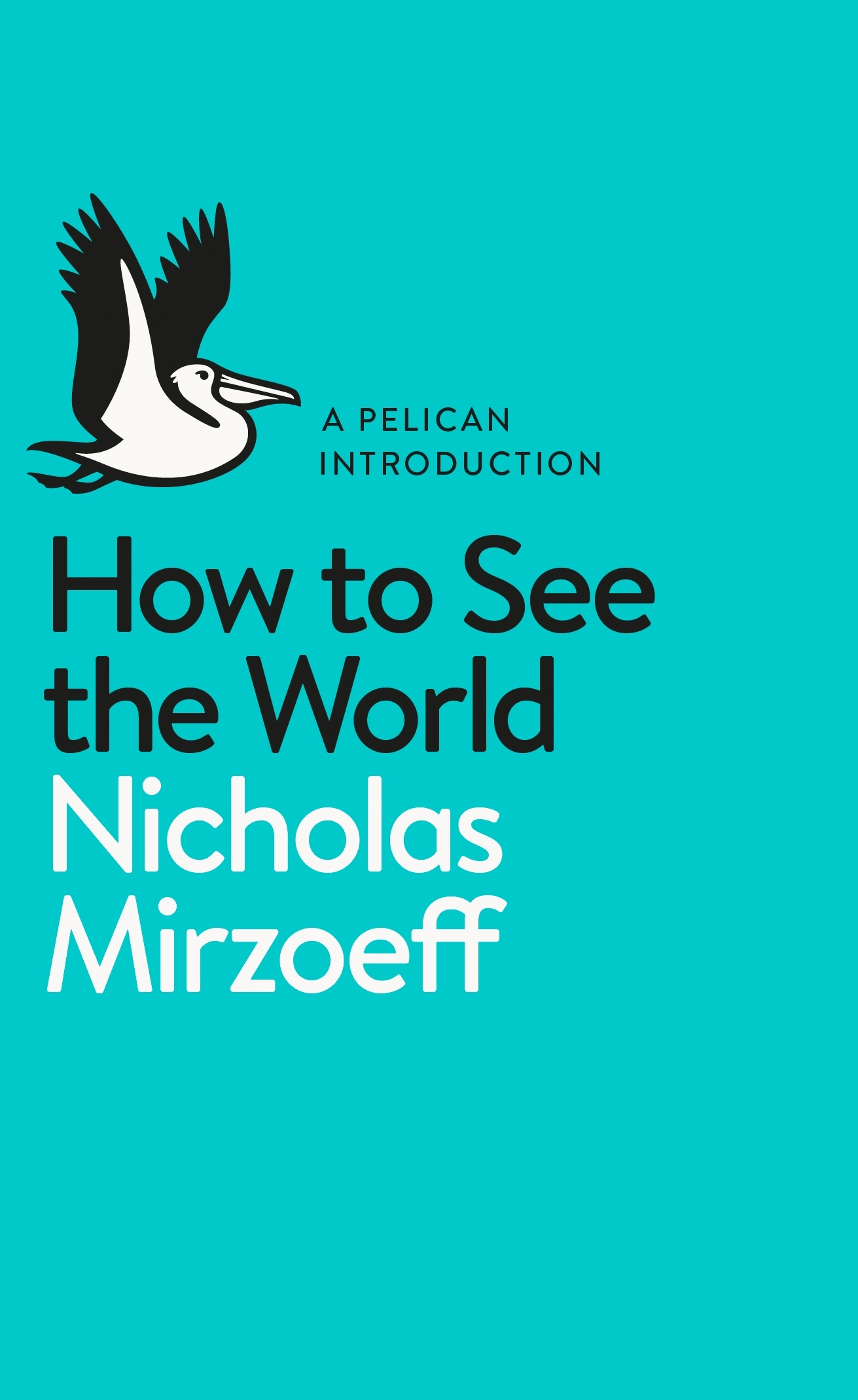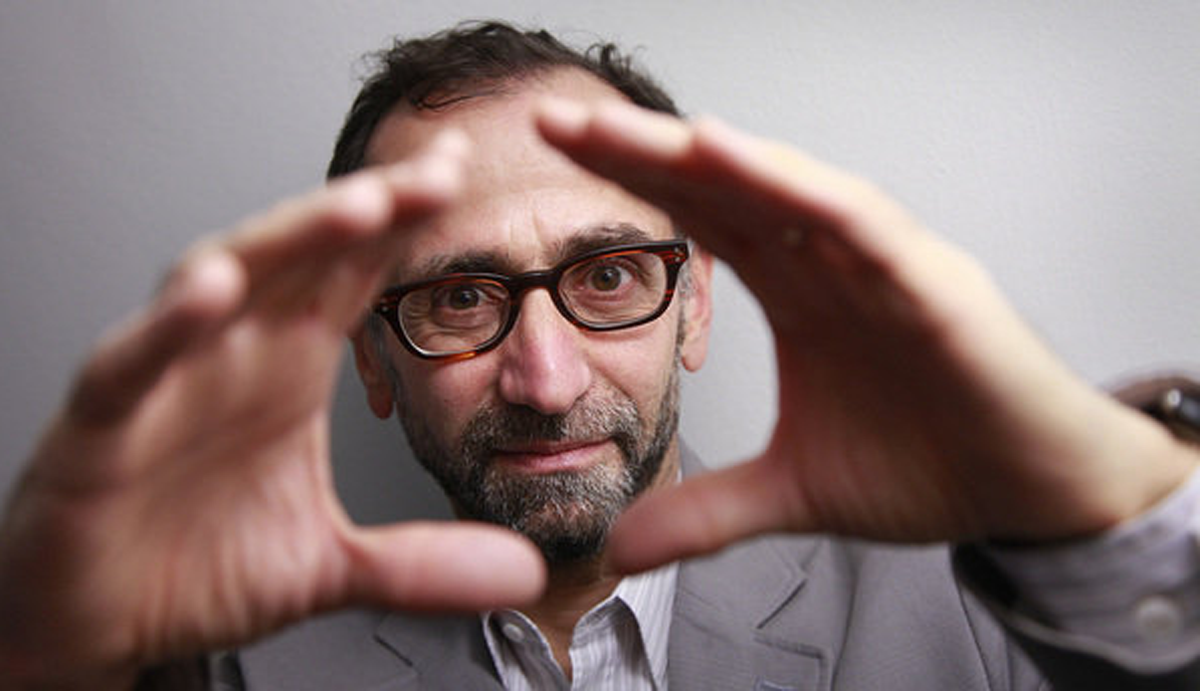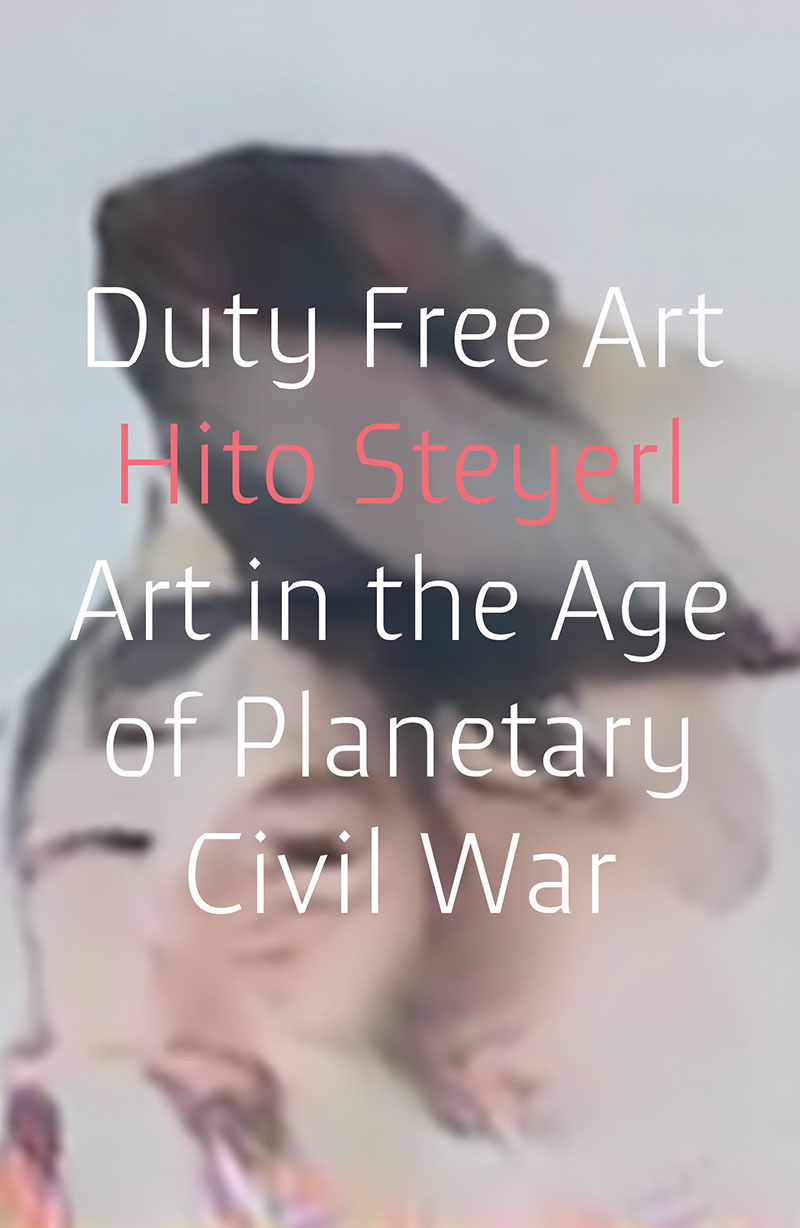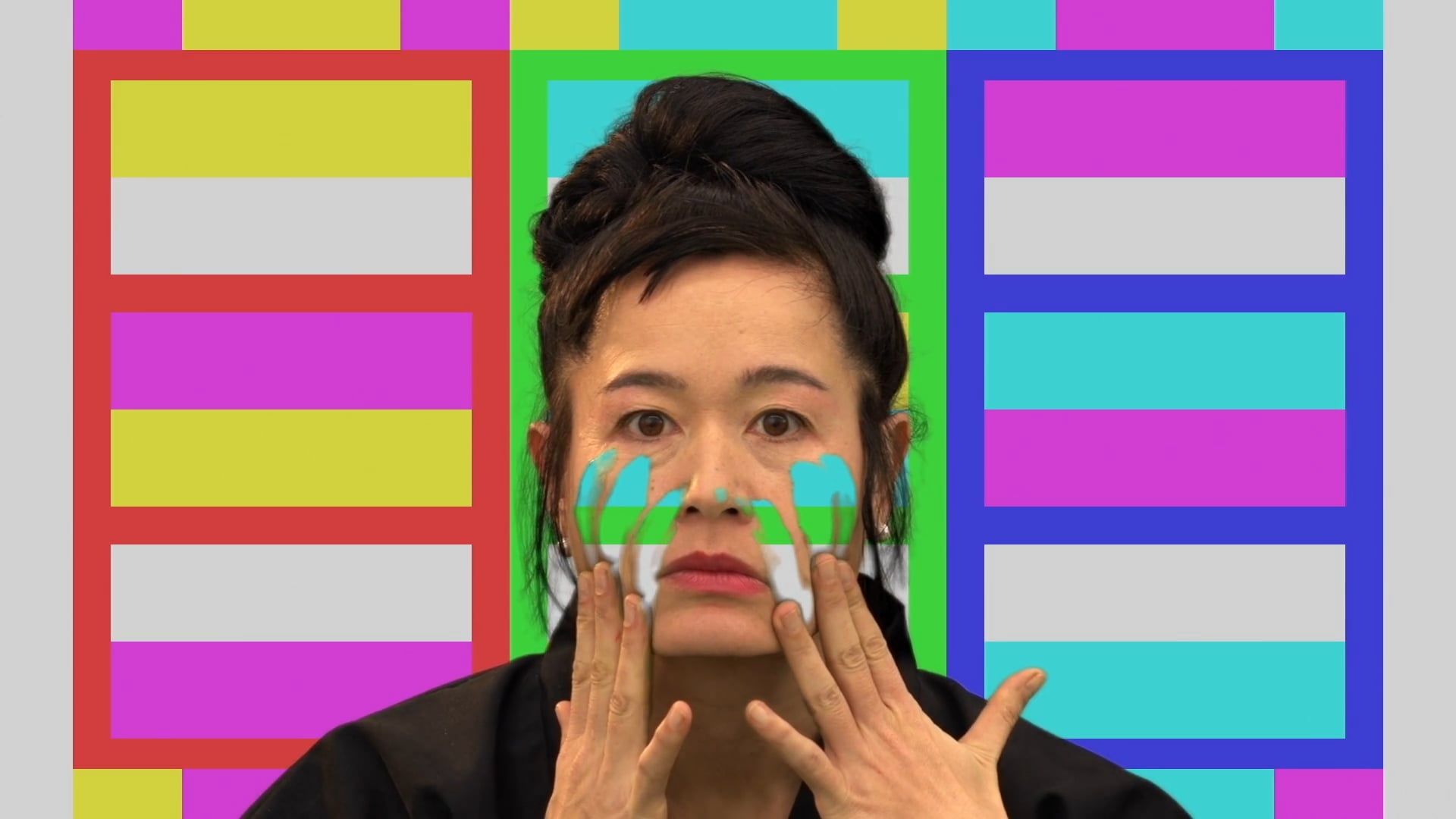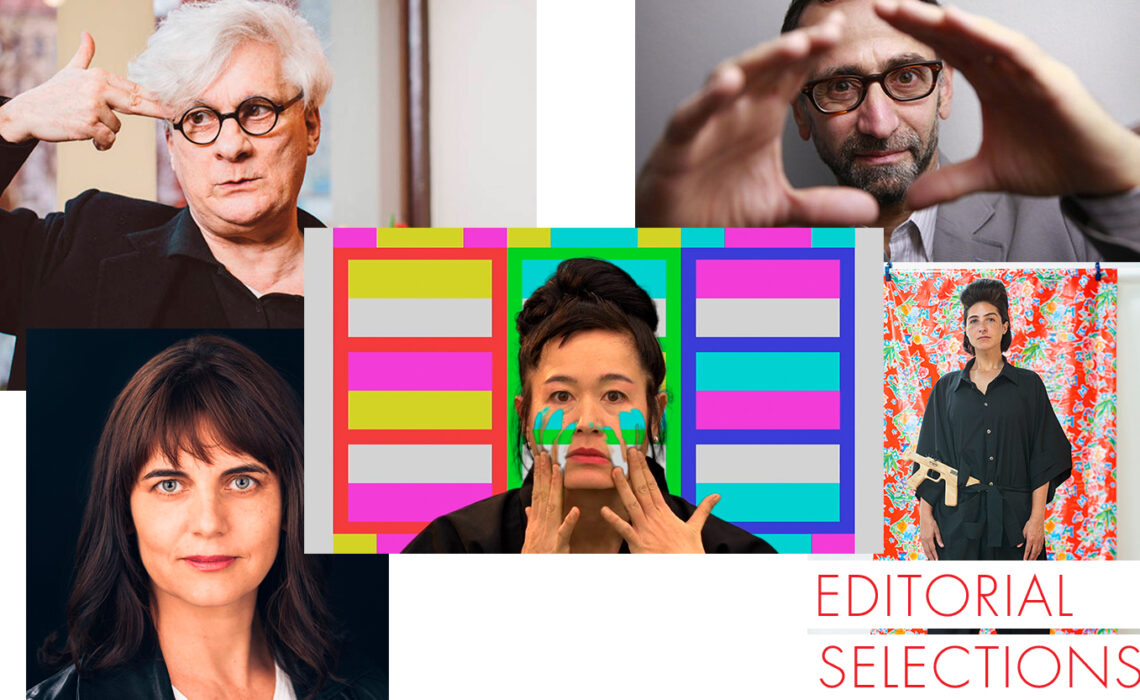
5 Contemporary Art Critics to Read
Art criticism has a long story since Giorgio Vasari started his writtings on artists in the mid-14th Century. Since then, this literary gender has become an important space to approach to art from uncountable critic theories. We selected 5 author whose work is focused in studying art from the theory and the visual culture; most of their essays are an opportunity to redifenide our percepctions of art by having in mind the social, political, economical and cultural issues of the contemporary world.
-Franco Bifo Berardi
A philosopher, writer and cultural agitator, he has a degree in Aesthetics and trained with Félix Guattari. At present he is a lecturer in Social History of the Mass Media in the Brera Fine Arts Academy, Milan. He was a well-known activist of what was known as the autonomia operaria movement in Italy in the 1960s and, since then, he has produced an insightful body of work as a critic in which he has studied the transformations of work and society caused by globalisation, especially with regard to the role of the mass media in post-industrial societies.
His theoretical work goes hand in hand with his activism in the alternative media, a project he initiated by founding the publication A/Traverso, a fanzine of the Movement of 1977 in Italy, after which he founded Radio Alice—the country’s first free pirate radio station—and then TV Orfeu, which gave rise to community television in Italy. He made his debut as an essayist with Contro il lavoro (Against Work, Feltrinelli, 1970) and, since then, has published approximately fifty titles, some of which have been translated into Spanish. They include After The Future (AK Press, 2011), Futurability: the Age of Impotence and the Horizon of Possibility (Verso, 2017) and, recently published in Spanish, Fenomenología del fin (Caja Negra Editora, 2017).
Is an independent translator, writer and researcher based in Mexico City. She writtes both in Spanish and English.
Her work about film, the Palestine Question, art, culture, and neoliberalism has been translated to Portuguese, Persian, Korean, Chinese, German, Italian, Norwegian, French, English, Arabic, Turkish, Hebrew, and Serbian and has been published in an array of international publications. She has presented it at an array of international venues including the Graduate School of Design at Harvard in Cambridge, Massachusetts (2014), the March Meeting at Sharjah, the Walter Benjamin in Palestine Conference (2015), the New School and Americas Society (2016), SBC Gallery, Montreal (2016), The University of California in San Diego, ArtBo, Bogotá, School of Visual Arts, New York, Curatorial Summit (2017), University of Texas at Dallas (2018), The Munch Museum (Oslo, 2018), the Feria Internacional del Libro (Guadalajara, Mexico 2018) and MUAC (Museo Universitario de Arte Contemporáneo, Mexico City 2019), e-flux (New York (2019), Academia Portuense de Belas Artes (Porto, 2020), and University of Texas El Paso (2020).
Is a writer and author. Professor and Chairperson of Social Science and Cultural Studies at Pratt Institute in Brooklyn, New York, Macarena is the Founding Director of the Global South Center (GSC), a research center that works at the intersection of social ecologies, art / politics, and decolonial methodologies. Her instructional focus is on Latinx and Latin American Studies, memory and the afterlives of violence, decolonial theory, the art of social protest, and queer femme epistemes.
She is author of Where Memory Dwells: Culture and State Violence in Chile (2009), co-editor with Herman Gray of Towards a Sociology of the Trace (2010), The Extractive Zone: Social Ecologies and Decolonial Perspectives (2017) and Beyond the Pink Tide: Art and Politics in the Americas (forthcoming UC Press, 2018). She is currently working on two book projects, including At the Sea’s Edge: Beyond the Colonial Anthropocene (Duke University Press, forthcoming).
Nicholas Mirzoeff is a visual activist, working at the intersection of politics, race and global/visual culture. In 2020-21 he is ACLS/Mellon Scholar and Society fellow in residence at the Magnum Foundation, New York. Among his many publications, The Right to Look: A Counterhistory of Visuality (2011) won the Anne Friedberg Award for Innovative Scholarship from the Society of Cinema and Media Studies in 2013.
How To See The World was published by Pelican in the UK (2015) and by Basic Books in the US (2016). It has been translated into ten languages and was a New Scientist Top Ten Book of the Year for 2015. The Appearance of Black Lives Matter was published in 2017 as a free e-book, and in 2018 as a limited edition print book with a graphic essay by Carl Pope and a poem by Karen Pope, both by NAME Publications, Miami. Since the 2017 events Charlottesville, he has been active in the movement to take down statues commemorating settler colonialism and/or white supremacy and convened the 2017 collaborative syllabus All The Monuments Must Fall, fully revised after the 2020 events.
-Hito Steyerl
Is a filmmaker, visual artist, writer, and innovator of the essay documentary. Her prolific filmmaking and writing occupies a highly discursive position between the fields of art, philosophy and politics, constituting a deep exploration of late capitalism’s social, cultural and financial imaginaries. Her films and lectures have increasingly addressed the presentational context of art, while her writing has circulated widely through publication in both academic and art journals, often online.
A selection of her essays, published in various places, are summarized in four books: Die Farbe der Wahrheit (The Color of Truth; Vienna: Turia Kant, 2008), The Wretched of the Screen (Berlin: Sternberg Press, 2012), Beyond Representation (Berlin 2016), and Duty Free Art – Art in the Age of Planetary Civil Wars (London: Verso, 2017 / Zurich: Diaphanes, 2018).

